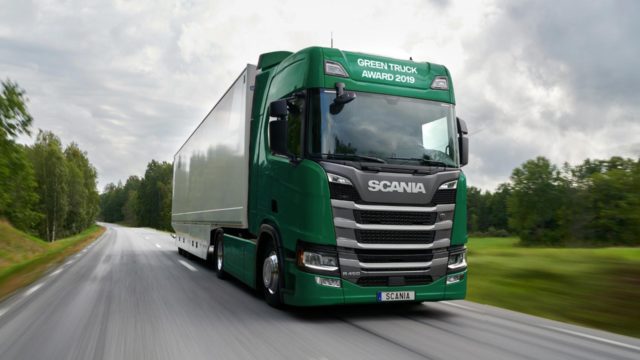
Watch out for fatigue when driving. Take a break if you experience any of these: headaches, tired eyes or fuzzy vision, drifting attention, drowsiness or yawning, delayed reaction times or the car wandering across the road.
Plan your rest stops to avoid fatigue on long journeys.
Regular breaks
Plan to stop for 15 minutes every two hours. Get out and stretch your legs. Official rest areas are ideal.
Time limits
Don’t drive for more than 10-12 hours a day and don’t drive when you should be sleeping.
Sleep well
The most effective way to avoid fatigue is to regularly get 7 to 8 hours of quality sleep.
Power nap
Take a 15-minute power nap if you feel you’re becoming drowsy.
You should read: 5 Truck Driving Tips to Become a Better Driver
Plan your breaks
Trucks and heavy vehicles need to use rest areas for short and long breaks, and to check their loads are restrained properly. This is required for heavy vehicle drivers under fatigue management laws. Always be courteous and ensure you leave marked truck parking or long bays clear for those who need them such as vehicles that are towing, and other heavy vehicles. Plan your trip before you leave to avoid stopping in designated truck parking areas wherever possible.
Even when you’re not on the road, it’s critical that you get plenty of rest, both before and during a long voyage as a truck driver. Sleeping for at least seven to eight hours a day is the best way to ensure that you are always alert. Keep in mind that sleep deprivation can have life-threatening consequences. Don’t put yourself or others in danger—sleep is a need!
To get more information about us, follow us on Facebook and Instagram. Or call us right now for a road service on: repairtrucktrailer.com


